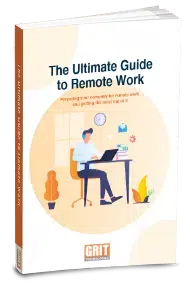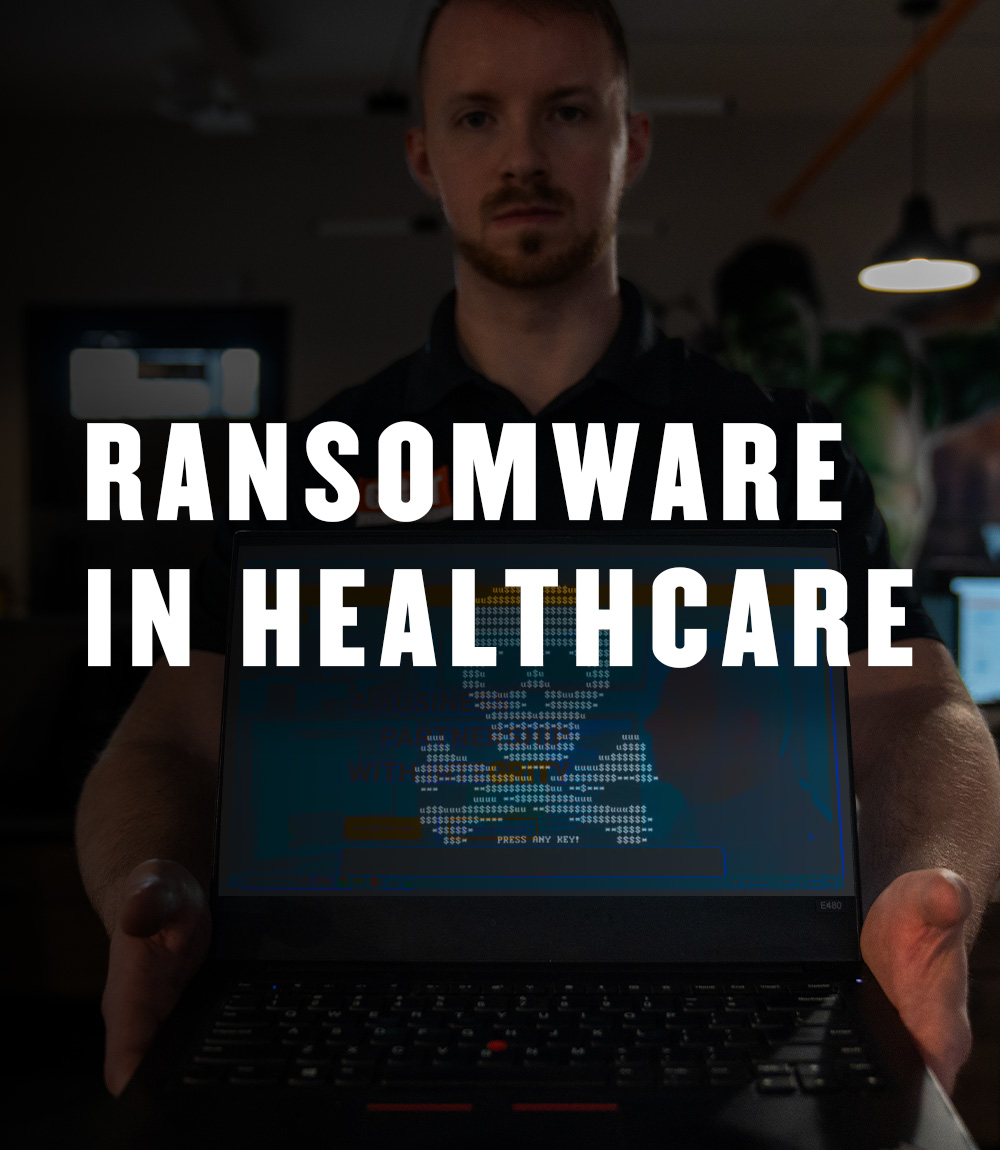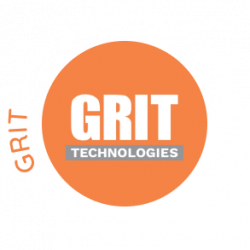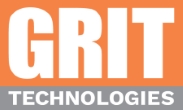
Navigating the Challenges of Creating a Social and Functional Hybrid Office Space
Marta Wassenaar, a renowned workplace strategist, recently spoke at the Future of Office Event hosted by ISCG and GRIT Technologies. She presented a study that examined the changes in office spaces due to the pandemic and the challenges organizations face in creating office spaces that are both social and functional. You can view the video recording of the event below.
In today’s rapidly evolving work environment, businesses are being forced to adapt to new and innovative ways of working. The pandemic brought to light the benefits of remote working and organizations are now more focused on creating hybrid work environments that support both remote and in-person work. This shift has raised many questions about the purpose of the office and how businesses can create an environment that supports a productive and collaborative work culture.
A recent study examined the purpose of the office in today’s changing work environment. The study included several hundred organizations that participated in a survey and found that 88% of the organizations surveyed were using a hybrid model, while 12% were still considering implementing a hybrid policy. The survey also identified the challenges that businesses face in creating office spaces that are both social and functional.
Understanding Hybrid Work
One of the first questions asked in the survey was, “What is hybrid?” The survey results indicate that many people have different ideas about what hybrid means, which was important to understand before conducting the study. For some, it means working from home a few days a week, while for others, it means working remotely full-time. Therefore, it is essential to define what hybrid means to your business and create a policy that supports your employees’ needs.
Supporting Desired Work Activities
The study found that organizations were focused on supporting desired work activities. Organizations are interested in providing opportunities for mentoring and creating a culture of learning. Creative work is also highly valued, and organizations are interested in supporting activities that encourage new ideas and innovation. By providing opportunities for these activities, businesses can foster a positive work environment that supports employee growth and development.

Implementing a Hybrid Policy
Although 88% of the organizations surveyed either had a hybrid policy or were considering implementing one, there was still confusion about what a hybrid policy should look like. Some organizations were still unsure about the nuances of these policies and were trying to understand the best way to support their employees in balancing their work and personal lives. Implementing a hybrid policy requires careful planning and consideration of your employees’ needs.
Creating a Sense of Community
The study found that many organizations have made changes to their existing offices, such as removing six-person clusters or creating more social and group spaces. Wassenaar noted that there is a tension between wanting social connection and not being distracted. Many larger organizations are looking at their processes to create communities within their offices. Soft destinations, areas with food and beverage or spaces to take a break, can create a sense of community while also providing a space for people to recharge.
Technology and Innovation
The use of technology and innovation is becoming increasingly important in creating a productive and collaborative work environment. Flexible workspace technology can help individuals orient themselves within a workspace, whether for group collaboration or geared more toward focused work. This type of technology can be particularly useful in large or complex office environments where it may be difficult to navigate or locate specific resources. By leveraging technology, businesses can create a more efficient and effective work environment.
The Ultimate Guide to Remote Work
Let’s face it: the office is not for everyone. For some people, creativity and the
drive to work come more naturally in places that are quieter and where they feel
comfortable. If you want to attract younger people to your team and tap into their knowledge of the latest trends and technologies, then implementing flexible working options is the way to go. Download our free ebook to learn more.
Attracting New Talent
In addition to creating a hybrid work environment that supports your employees’ needs, businesses also need to attract new talent. One way to do this is by offering flexibility and remote work options. The pandemic changed the way people view work, and many are now looking for more flexibility in their work arrangements. By offering a hybrid work environment, businesses can attract new talent and retain existing employees.
Getting People Back Into the Office
Remote work has its benefits, but it can be isolating and make it hard to build a sense of community. To get your team back to the office, create a workspace that’s both social and functional. But don’t just focus on the physical space. To empower and energize your employees, you need to reconnect with them.
Research shows that people care about people. Younger employees, especially, see the office as an opportunity to build relationships with their colleagues, including senior leaders. To support team bonds, create intentional opportunities for connection, like extended lunches or team-building workshops. Build in additional in-person time for connection when onboarding new hires. And be authentic in your communication. Show up with an open, genuine, and empathetic voice to create an authentic culture where psychological safety is a priority.
As a society, we’re still learning how to make hybrid work right, but one thing is clear: putting people at the center by fostering connections between employees is key to the new role of the office.
To learn more about the hybrid work model or if you have questions, please reach out to us and we will be happy to help.







